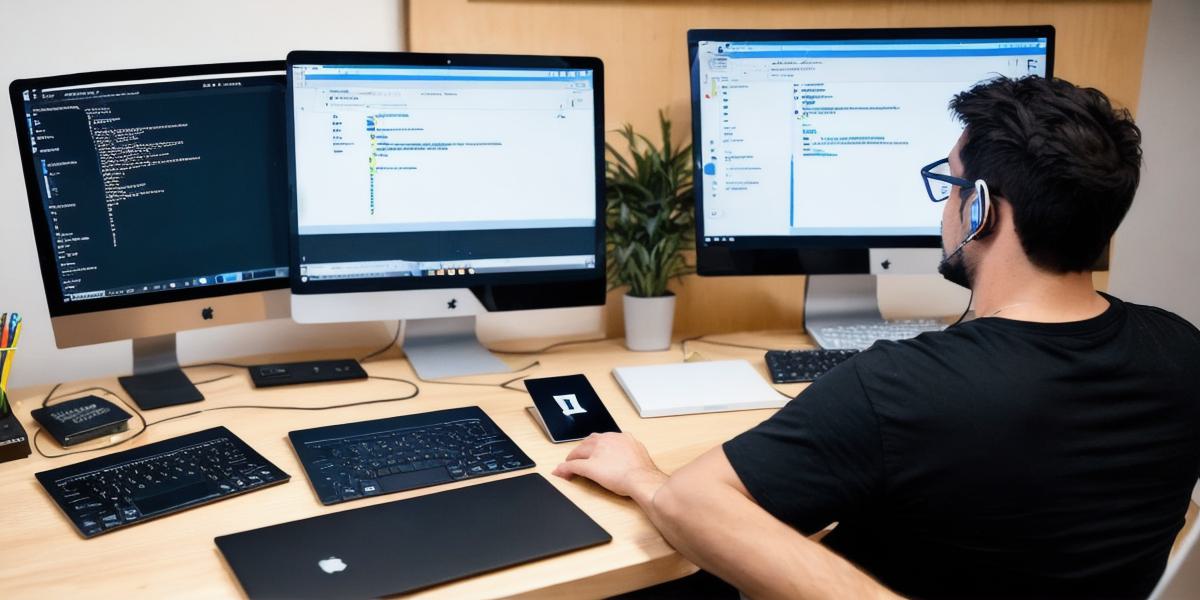Introduction:
Android is one of the most popular operating systems in the world, with billions of active devices running on it. This makes it a lucrative platform for app developers to target. However, developing an app for Android can be challenging, especially if you’re new to the platform or mobile development in general. In this article, we will discuss some best practices for Android development that can help you create successful apps that engage users and drive results.
- Know Your Audience:
Before you start developing your app, it’s essential to know who your target audience is. This includes understanding their needs, preferences, and behaviors. By doing this, you can design an app that resonates with them and provides a seamless user experience. You can use tools such as Google Analytics and Surveys to gather insights about your target audience. - Optimize Your App for Performance:
Performance is critical in mobile development. A slow-loading or crashing app can lead to user frustration and ultimately, the loss of users. To optimize your app for performance, you can minimize the use of resources such as memory, CPU, and battery life. You can also use techniques such as lazy loading and caching to improve load times. - Use a Consistent Design:
A consistent design is essential in Android development. This includes using a similar layout and color scheme across all screens of your app. It’s important to maintain consistency to ensure that users can easily navigate your app and find what they need. You can use tools such as Material Design to create a consistent look and feel for your app. - Test Your App Thoroughly:
Testing is critical in app development, especially on Android. With so many different devices and operating systems, it’s essential to test your app thoroughly before releasing it. This includes testing for compatibility issues, performance, and usability. You can use tools such as Android Studio and Firebase Test Lab to automate the testing process. - Use Security Best Practices:
Security is critical in mobile development, especially on Android. With so many malware threats out there, it’s essential to follow security best practices when developing your app. This includes using encryption, secure communication protocols, and regular updates to keep your app secure. You can also use tools such as OWASP ZAP to test your app for vulnerabilities. - Use Analytics to Track User Behavior:

Analytics is essential in app development to track user behavior and identify areas for improvement. By using analytics, you can understand how users are interacting with your app and make data-driven decisions about its design and functionality. You can use tools such as Google Analytics to track user behavior. - Continuously Improve Your App:
Finally, it’s essential to continuously improve your app based on user feedback and analytics data. This includes updating your app regularly with new features, fixing bugs, and improving performance. By doing this, you can keep your users engaged and ensure that your app remains relevant in the ever-changing mobile landscape.Conclusion:
In conclusion, developing an app for Android requires careful planning, testing, and optimization. By following these best practices, you can create a successful app that engages users and drives results. Remember to know your audience, optimize your app for performance, use a consistent design, test your app thoroughly, use security best practices, use analytics to track user behavior, and continuously improve your app.
